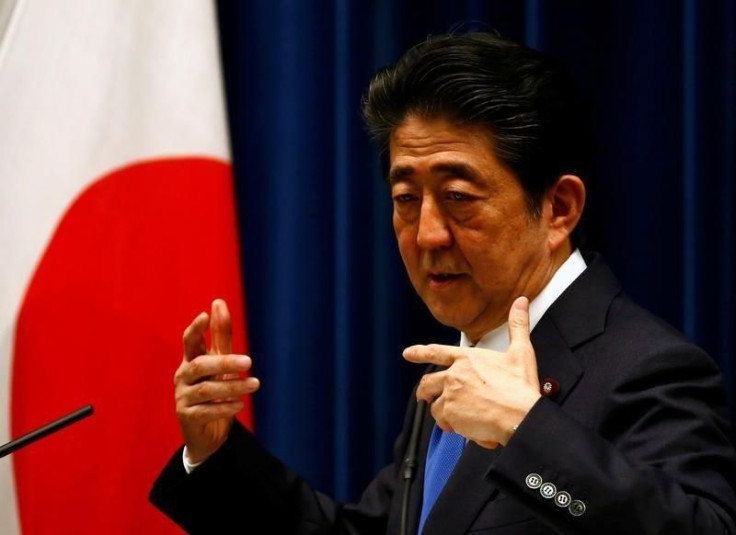‘Abenomics’ Doubts Drive Foreigners Off Japanese Stocks, Volatility Spikes

Foreign investors are bailing out of Japanese stocks as a wobbly economy feeds disillusionment about ‘Abenomics,’ sparking bouts of volatility in a market increasingly shaken up by policy decisions of the Bank of Japan.
The trouble is that long-term focused foreign funds have turned bearish on doubts that Tokyo can pull Japan out of two decades of economic stagnation, despite more than three years of massive monetary and fiscal stimulus.
“There are many long-term investors who have given up on Japanese stocks as there are no structural reforms being delivered. Meanwhile, monetary policy decisions only have short-term effects,” said Michiro Naito, executive director at equity derivatives at JPMorgan who recently visited Asian investors.
Net selling by foreign investors from January through May was roughly 4.5 trillion yen ($42.07 billion) in Japanese cash equities, according to exchange data, a stark turn from net purchases of about 2.83 trillion yen in the same period last year.
Not surprisingly, the benchmark Nikkei share average has fallen 13 percent this year, underperforming its global peers. The S&P 500 index is nearly flat, while the pan-European FTSEurofirst 300 has fallen 6.8 percent.
All of this has occurred amid a bleak backdrop for Japanese equities, as confidence has been sapped by worries over a sputtering economy, anemic inflation, weak external trade and sluggish consumption.
Moreover, a rebound in the yen has fed concerns about a hit to exporters’ earnings, while anxiety over a possible credit rating downgrade after the government delayed a planned second sales tax hike has led investors to reassess Japanese risk.
It’s a far cry from the optimism stirred by Prime Minister Shinzo Abe’s ascension to power in December 2012, as the Nikkei catapulted to 18-1/2-year highs in June 2015, driven by his Abenomics prescription of monetary stimulus, fiscal expansion and structural reforms. The yen JPY= is also much stronger now, with the dollar fetching 106.81 yen versus 125.85 at its peak in June last year.
Volatility has also periodically spiked, more or less coinciding with the foreign selling and especially in the wake of recent BOJ policy decisions, first on Jan. 29 when the central bank unexpectedly announced it was adopting negative rates in its quest to beat back deflation, and then in late April when it stood pat even as many in the market expected more stimulus.
© Copyright Thomson Reuters 2024. All rights reserved.




















